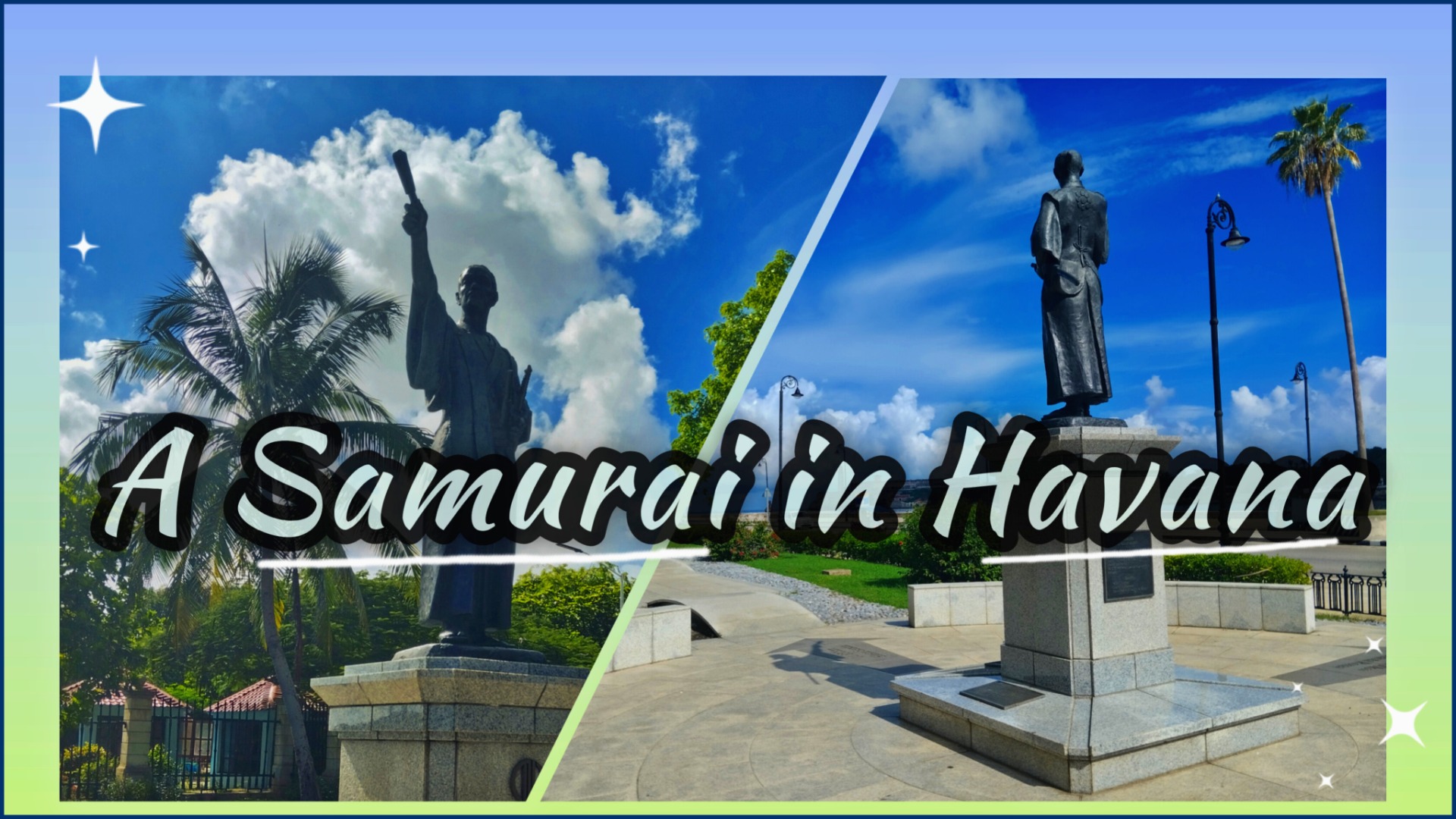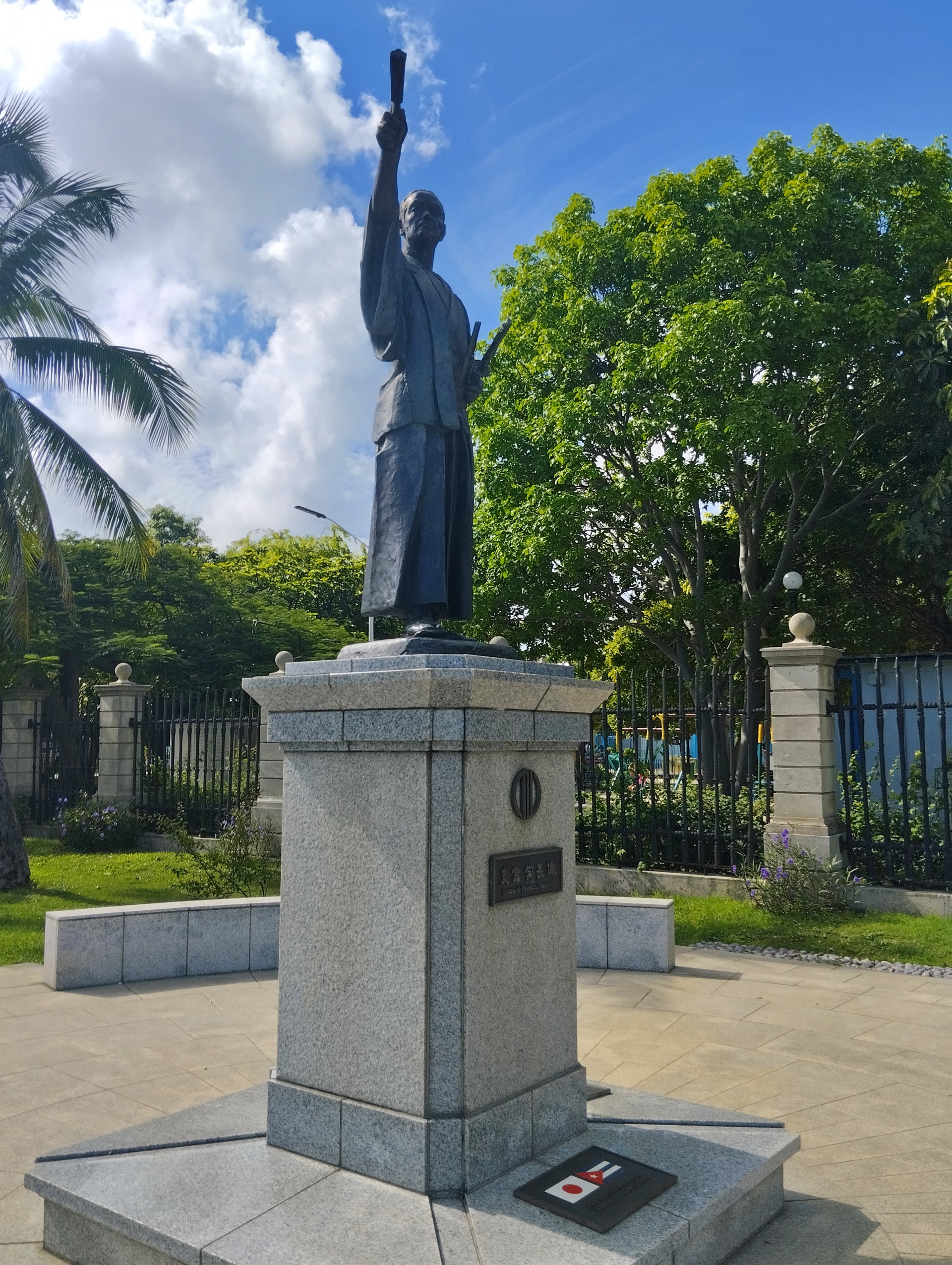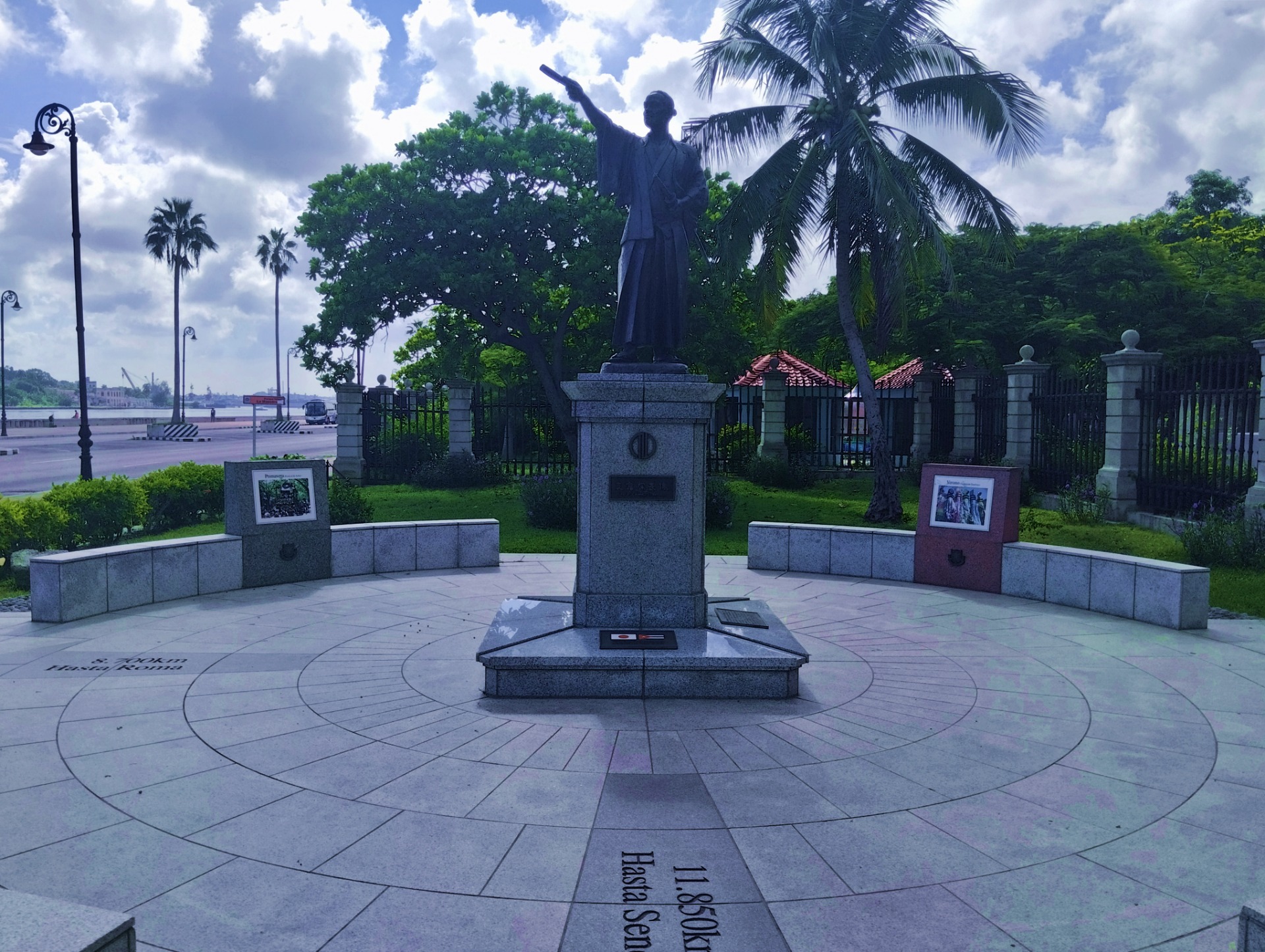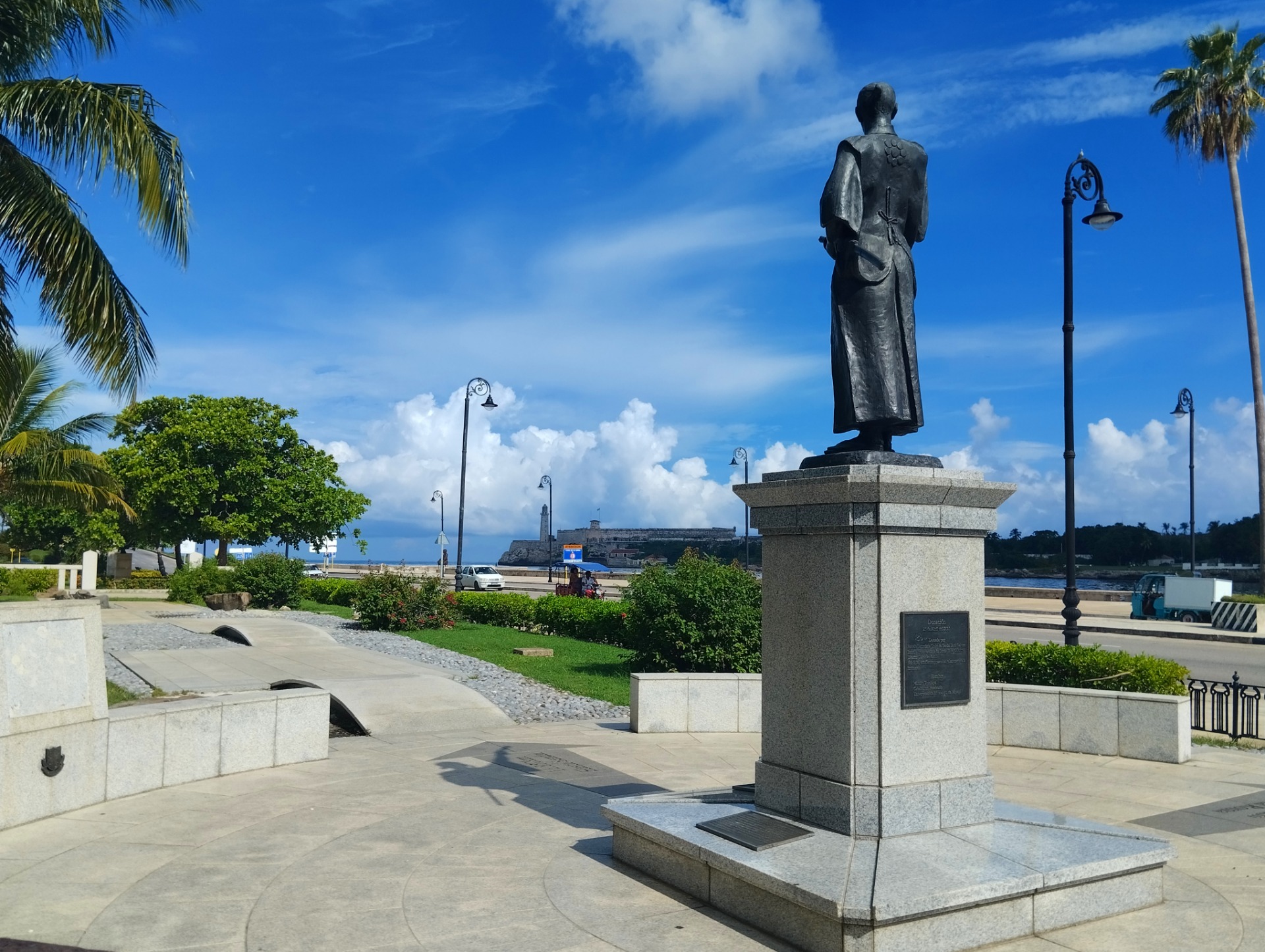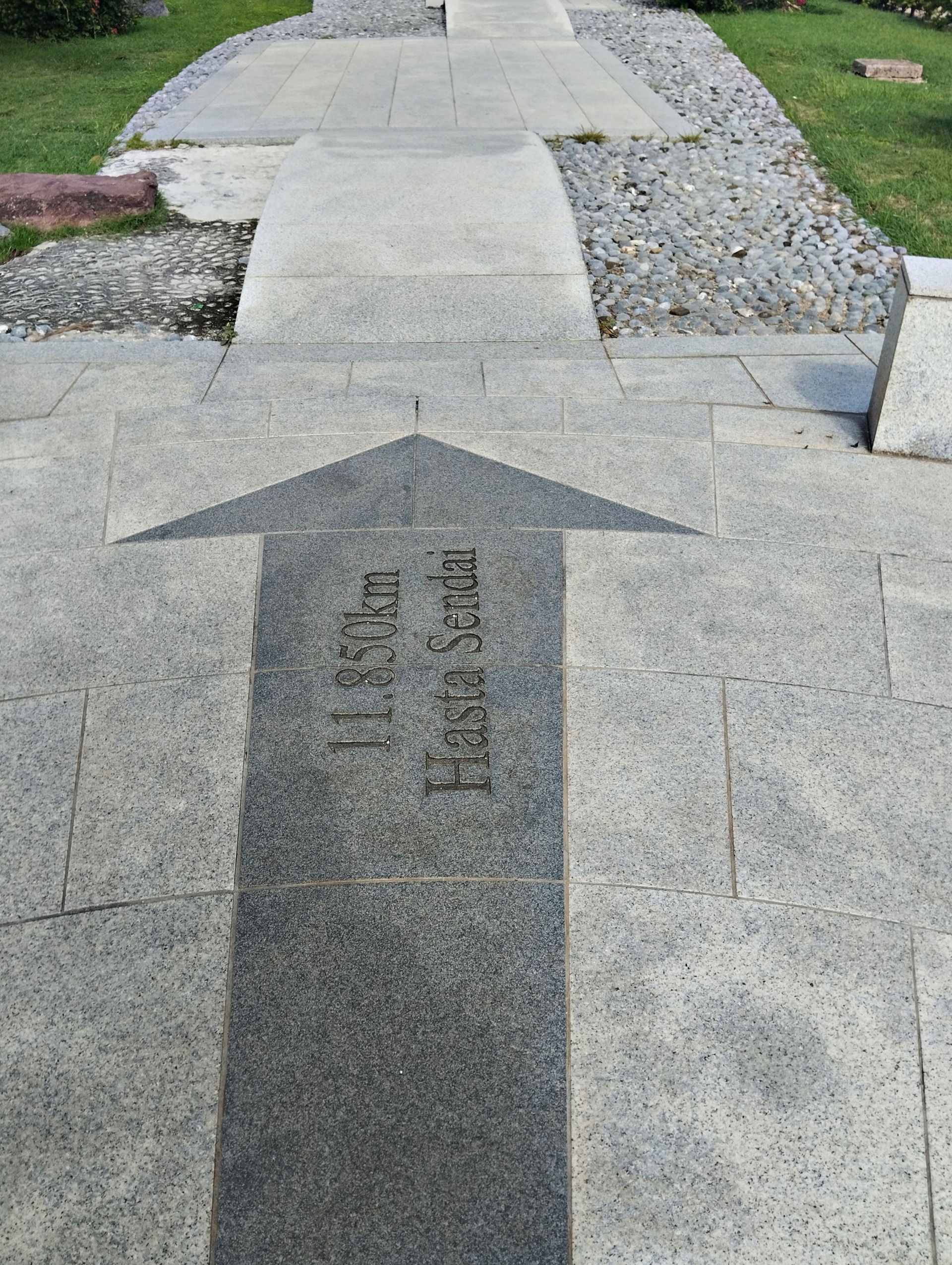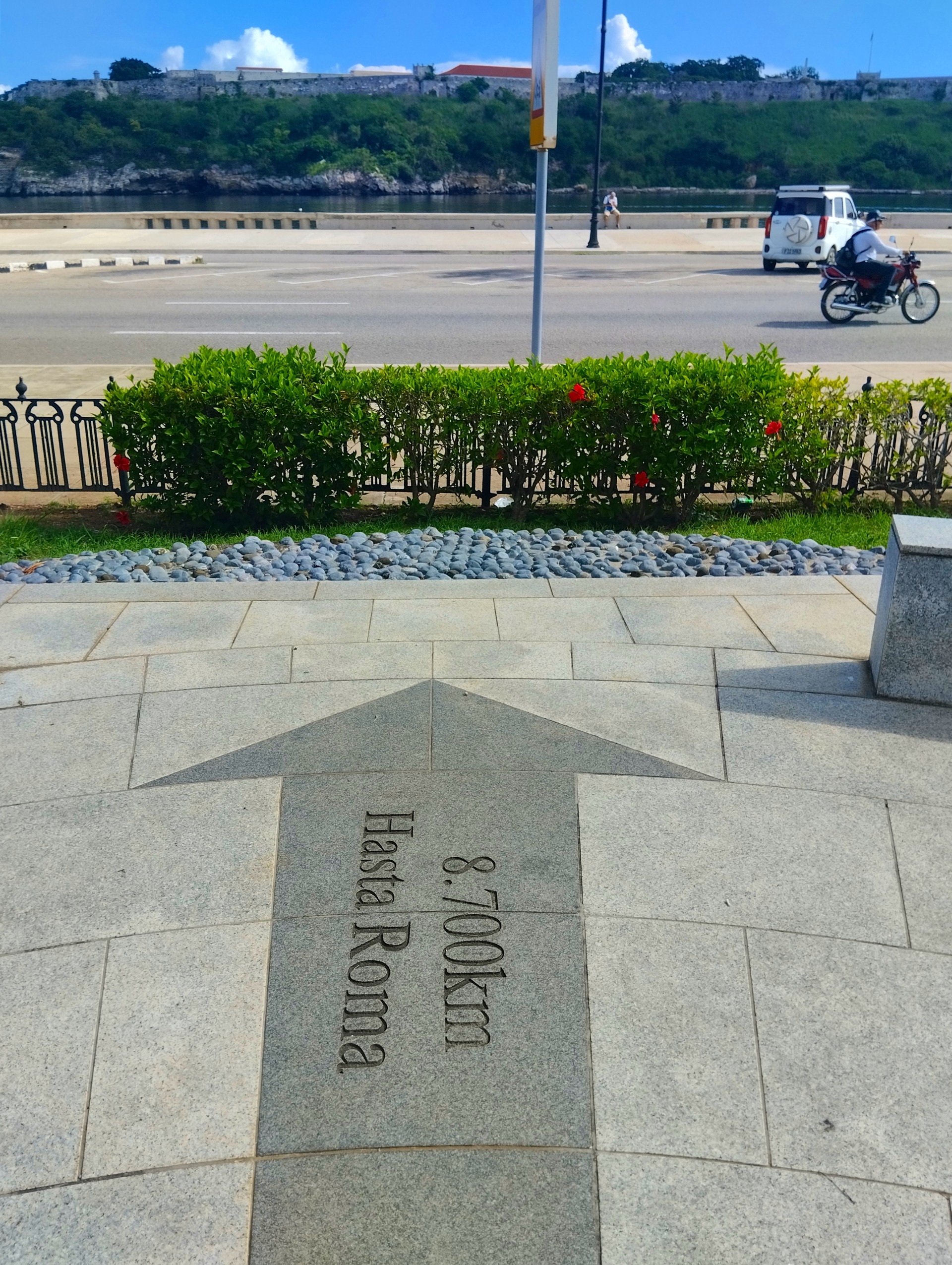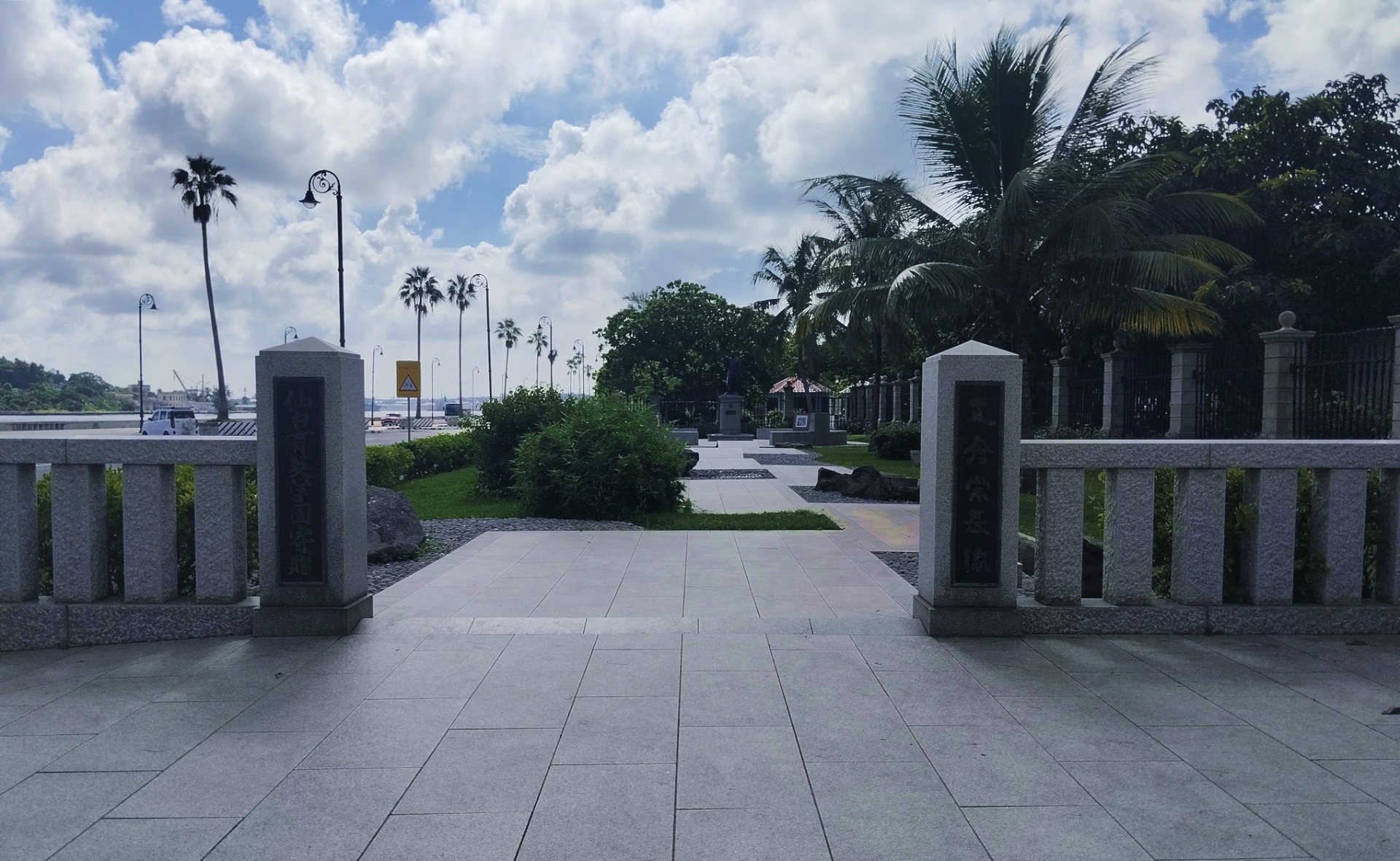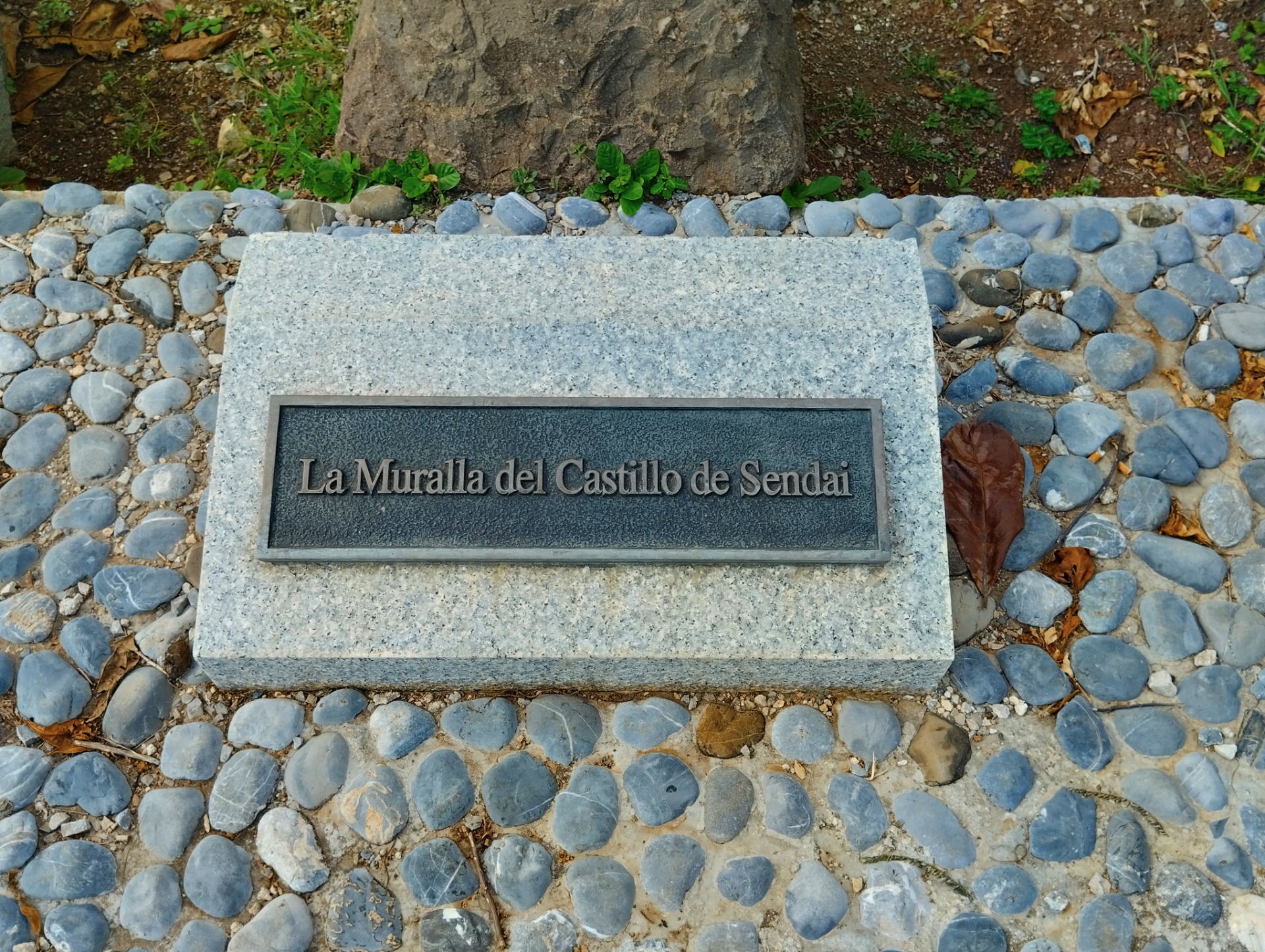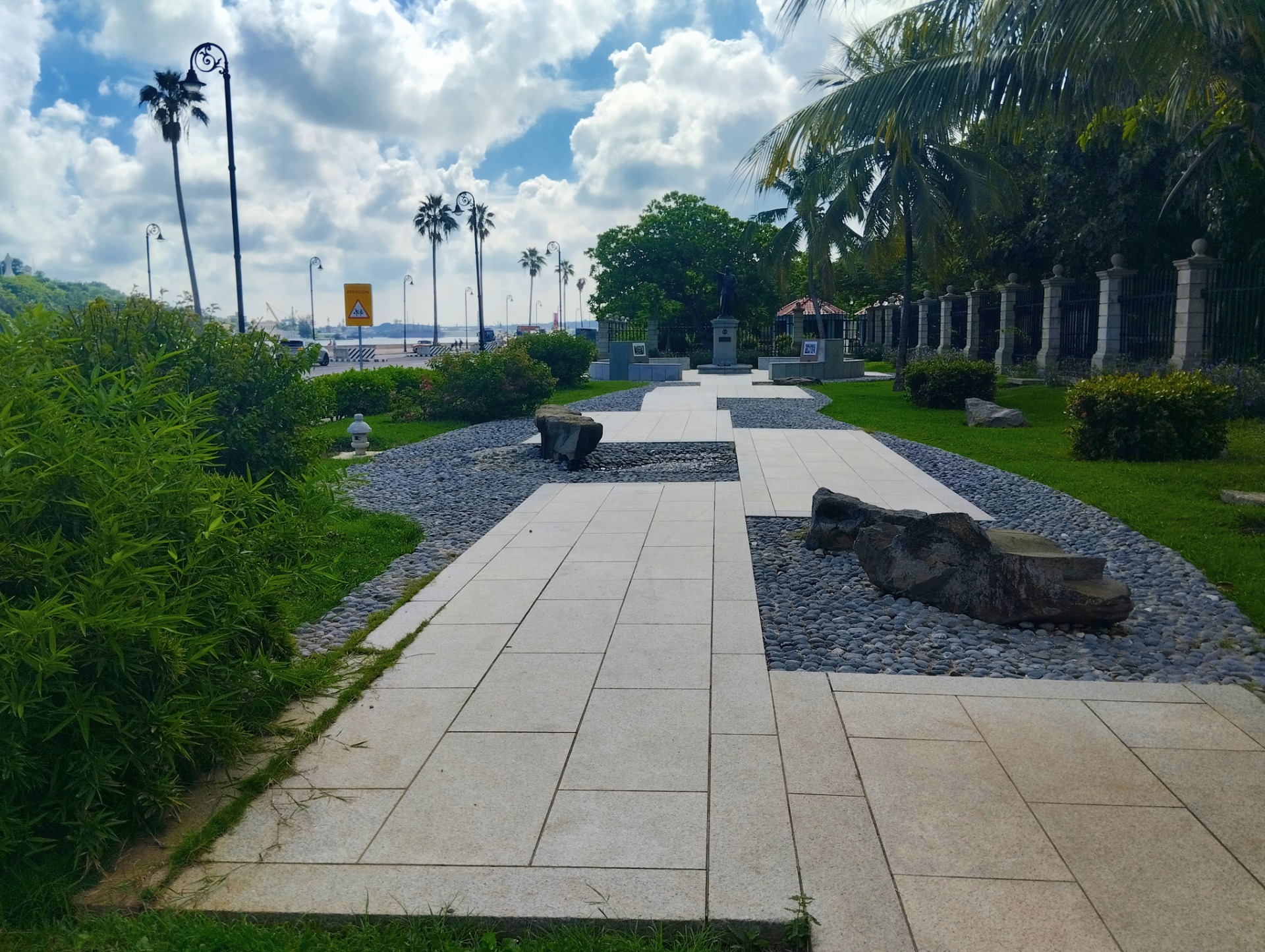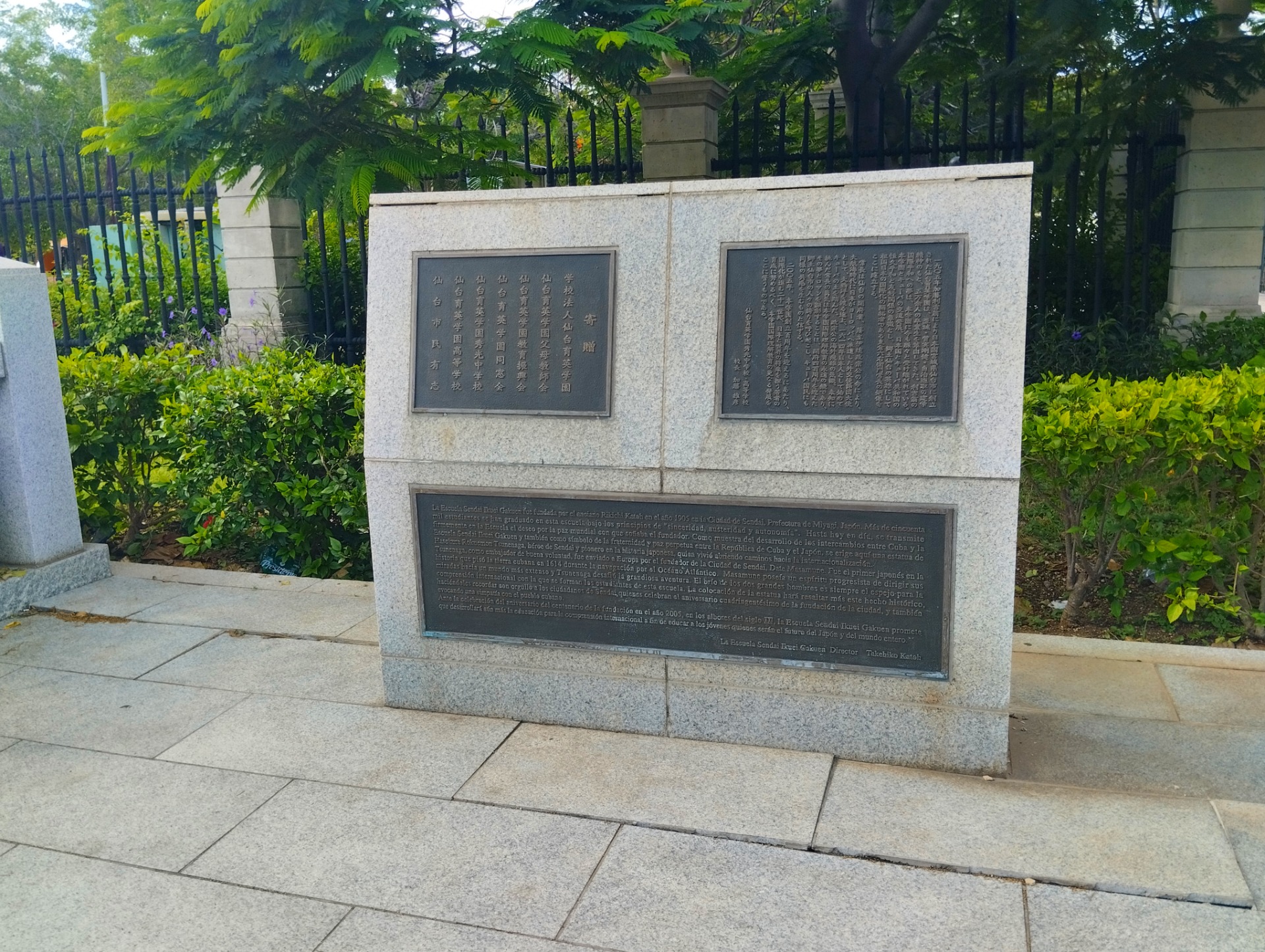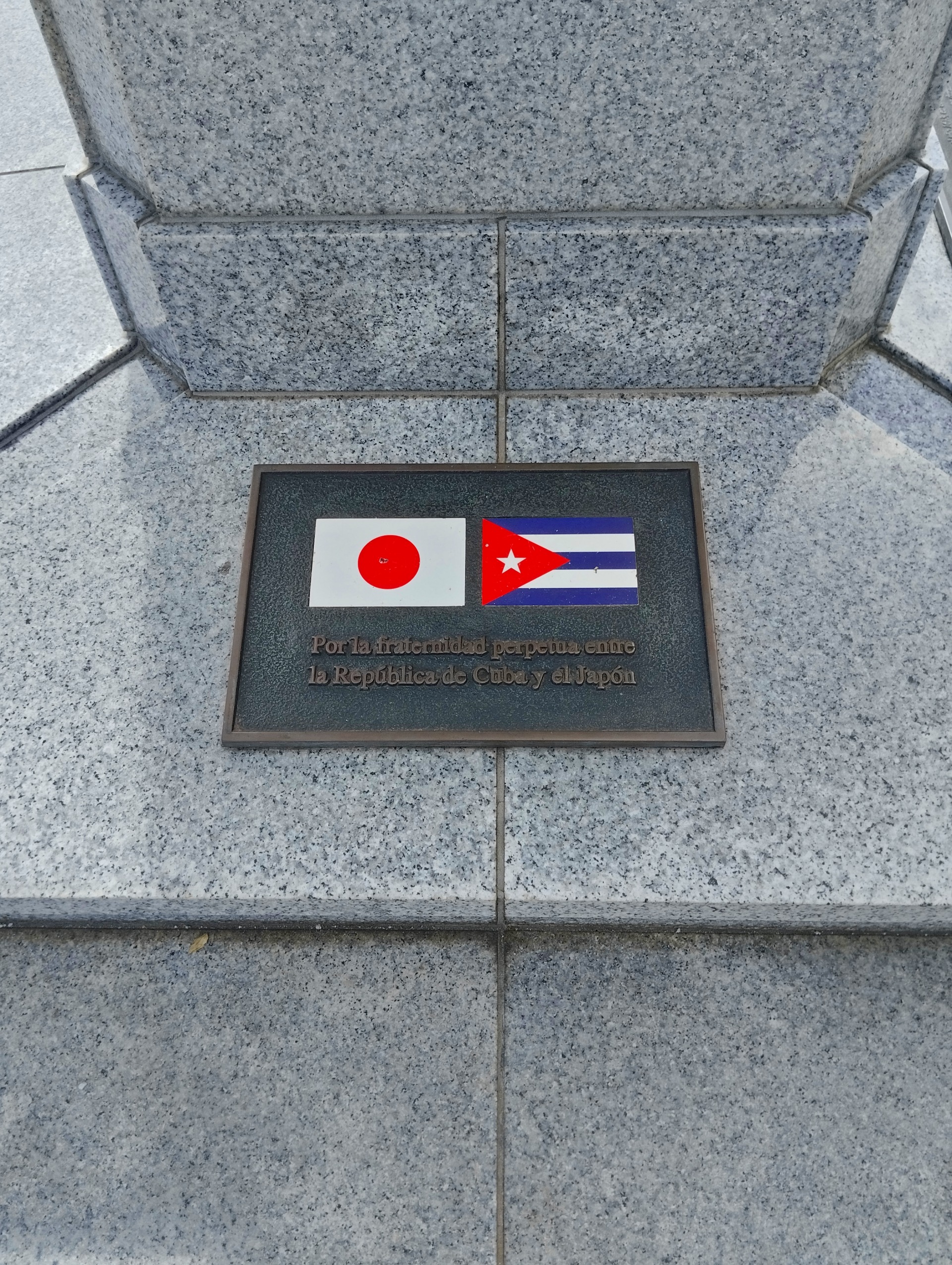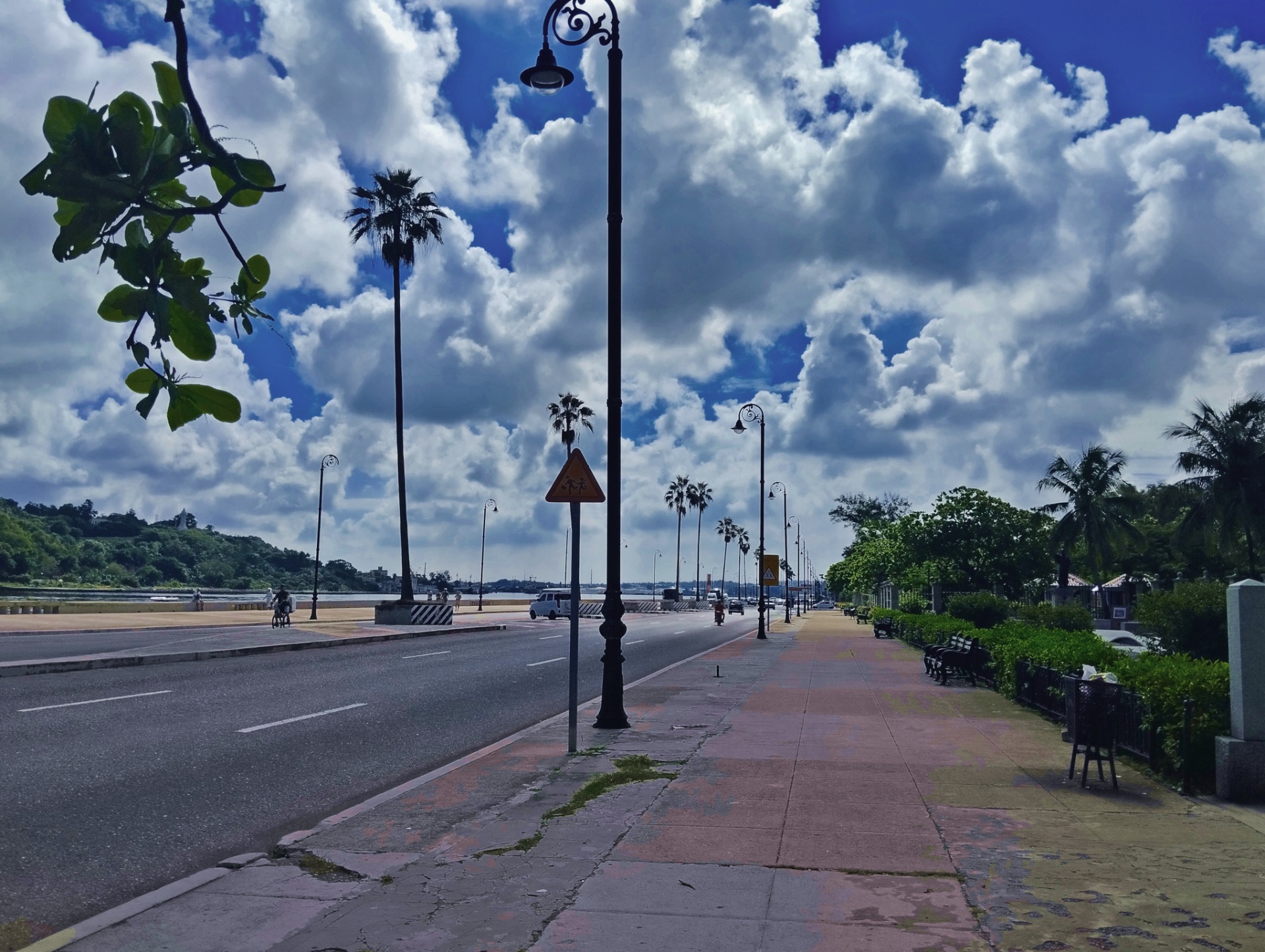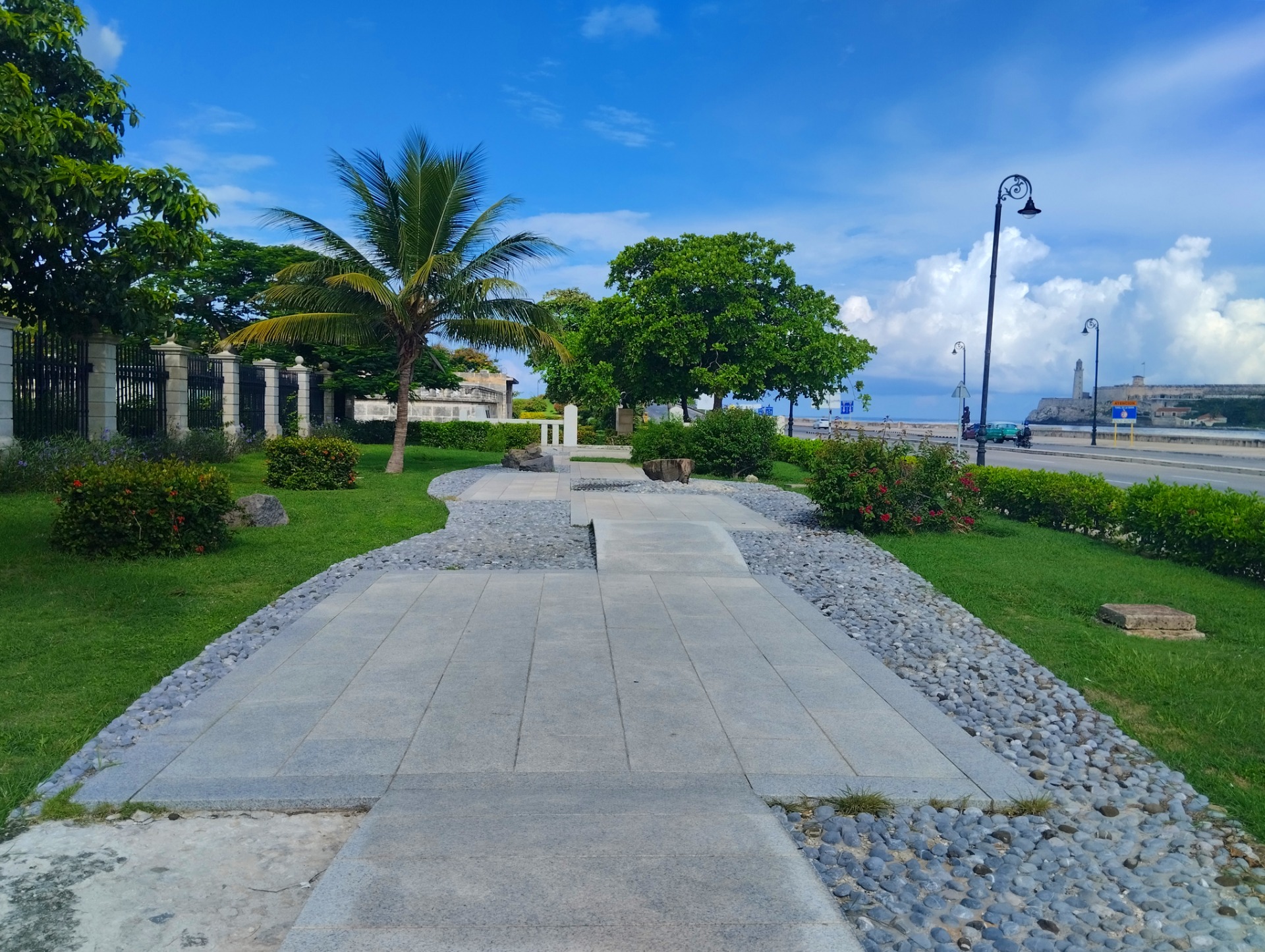English Version
For the people who were at the port of Havana in the 17th century, the dynamics and movement of the place were very common, with ships entering or leaving the bay with crew members from other parts of the world. It was common to see commercial vessels coming from the Americas and making a stopover on their way to Europe, and with them, Spanish sailors, Portuguese and English merchants, and Black slaves brought from Africa, along with the island’s Creoles.
But in 1614 something happened that broke with all that routine, as a samurai warrior from Japan disembarked at the port of Havana. He did not come alone but was accompanied by his entourage, dressed in kimonos, sandals, and hairstyles uncommon to the customs of the island. He was the first Japanese person to set foot on Cuban soil, and his presence caused astonishment among the Habaneros who had never seen such a different figure in their everyday world and who came from a place that for many was exotic and unknown.
His name was Hasekura Tsunenaga and he was not just any traveler; he arrived at the port of Havana to make a stopover since he was traveling with the mission of reaching Rome in the capacity of Japanese ambassador.
Centuries later it was decided to commemorate that event with a sculpture in his honor. The bronze monument is located inside a small park built in the Japanese style that is found in front of the Avenida del Puerto. The figure of the samurai is on a granite pedestal and shows the warrior standing, in a noble attitude, pointing into the distance with his right hand raised in which he carries a fan. At his feet, on the floor tiles, there are two arrows pointing to the distance toward two different destinations: Sendai, from where the Samurai came, and Rome, where he was heading.
Before reaching the end of the garden where the sculpture is located, visitors walk along a path of tiles surrounded by stones that evoke the wall of the castle of Sendai, a path that symbolically connects Cuba with Japan. On the sides, a beautiful garden surrounds the ensemble, and in front, the view of the bay of Havana with its peaceful mirror of water.
This small corner not only honors a man but also the moment in which two cultures so different met, and although it was a brief encounter, that event still remains alive in the memory of these times.
I hope you liked the place and enjoyed the tour.
Cheers, and until next time!
Versión en Español
Para las personas que se encontraban en el puerto de la Habana en el siglo XVII era muy común la dinámica y el movimiento del lugar, los barcos entrando o saliendo de la bahía con tripulantes de otras partes del mundo. Era común ver embarcaciones comerciales que venían desde las Américas y hacían escala para ir rumbo a Europa, y con ellas, marineros españoles, comerciantes portugueses e ingleses, y negros esclavos traídos de África, junto a los criollos de la isla. Pero en 1614 ocurrió algo que rompió con toda esa rutina, ya que desembarcó en el puerto de la Habana un guerrero samurái proveniente de Japón. No venía solo sino acompañado por su séquito, vestidos con kimonos, sandalias y peinados poco comunes para las costumbres de la isla. Fue el primer japonés en pisar suelo cubano y su presencia causó asombro entre los habaneros que nunca habían visto una figura tan distinta en su mundo cotidiano y que venía de un lugar que para muchos era exótico y desconocido. Su nombre era Hasekura Tsunenaga y no era un viajero cualquiera, llegaba al puerto de La Habana para hacer escala ya que viajaba con la misión de llegar hasta Roma en calidad de embajador japonés. Siglos después se decidió conmemorar ese suceso con una escultura en su honor. El monumento de bronce se encuentra en el interior de un pequeño parque construido al estilo japonés que se encuentra frente a la Avenida del Puerto. La figura del samurái está sobre un pedestal de granito y muestra al guerrero de pie, en una actitud noble, señalando a la distancia con la mano derecha levantada en la que lleva un abanico. A sus pies en las losas del piso se encuentran dos flechas señalando la distancia hacia dos diferentes destinos, Sendai, de dónde provenía el Samurái, y Roma hacia donde se dirigía. Antes de llegar al final del jardín donde se encuentra la escultura, los visitantes recorren un sendero de losas rodeado por piedras que evocan la muralla del castillo de Sendai, un camino que conecta simbólicamente a Cuba con Japón. En los costados un bello jardín rodea el conjunto, y al frente la visión de la bahía de La Habana con su apacible espejo de agua. Este pequeño rincón no solo honra a un hombre sino también al momento en que dos culturas tan diferentes se encontraron y aunque fue un encuentro breve, aun ese suceso se mantiene vivo en la memoria de estos tiempos. Espero les haya gustado el lugar y hayan disfrutado el recorrido. Un Saludo, y hasta la próxima!
Original content by the author. © 2025 @jordy0827. All rights reserved.
Contenido original del autor. © 2025 @jordy0827. Todos los derechos reservados.
You can follow me on my social networks/ Pueden seguirme en mis redes sociales.
Discord: jordy0827#8374
View this post on TravelFeed for the best experience.
